As part of the internship experience I participated in the NEWSS Collegiate Weed Science Contest. The contest was held in Smithfield, North Carolina on July, 24 hosted by BASF. Starting in June our team of 11 people had weekly meetings from 5:00 pm to 7:00 pm on Tuesdays. During practice we went over the rules, practiced identification, went over unit conversions and talked about past experiences. The most helpful experience was doing weed walks in the Weed Teaching Garden and looking at flats with herbicide symptoms. More details of the layout of the contest are given here: https://blogs.cornell.edu/sips/2018/08/05/cornell-students-excel-at-collegiate-weed-contest/
As a visual and tactile learner, identifying weeds as part of my job was very appealing and was a great way to practice for the contest. One of the projects that I helped identify weeds for was a project looking at the effects of deer browsing on weed communities. I worked on this project on rainy days because the flats were inside the greenhouses. When the weather was nice I counted weed seedlings at Musgrave and Freeville as part of the weed seed bank emergence forecasting project. The purpose of forecasting is to help identify weeds that farmers might have in their fields. In these plots there we’re subplots that were tilled and not tilled. I also practiced by memorizing scientific names.
Two days before the contest the we drove 10 hours from Ithaca to Smithfield. The plan was to have a day to practice before the competition. The morning after arriving we went for a walk to identify weeds found in southeastern United states that we had not seen before. Then we did a complete walk through of the sprayer calibration. My role was to do the timed walk through after the calculations, backpack, and nozzles were in place. In the afternoon we went over the farmer problems list that was given to use in advance. Each of us researched a problem and identified root causes and possible solutions.
The day of the competition weed identification was first. I managed to identify some, but others I was less confident about or I couldn’t remember the name. Next was the calibration. For the sprayer component I had to walk 50ft in 10 seconds with the sprayer 30 inches above the ground. I forgot to start spraying the first time I made the walk, so the judge let me restart the walk. The walk was perfect except for the mishap the first time. Next was the 20 minute written test that had many conversions. During the farmer problems, it would have been more clear to me how to approach the problems If I had practiced reading herbicide labels more. However, I knew the solution to one of problem thanks to the research. The second farmer problem I was able to find out that the farmer dumped extra herbicide in the forested area. It was easy to tell that there was bleaching. Overall the contest was thrilling and I look forward to participating in the Weed Olympics in my home state of Illinois next year!


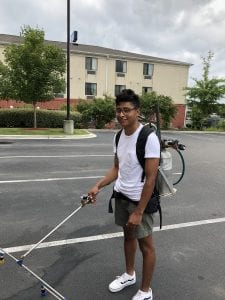
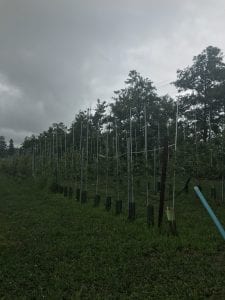







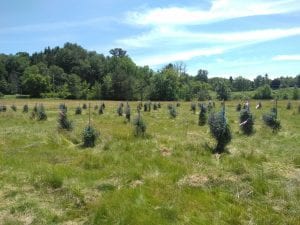



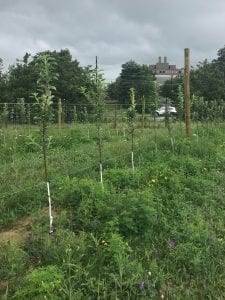

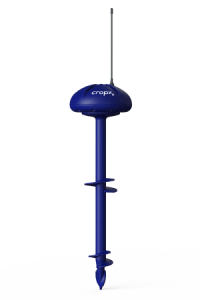






 each field into thirds and chose a lane to take our counts from. We stopped at three points in our row, laid out a tarp, and beat the back of a bine with a stick to see how many weevils fell out. We recorded the number of weevils that fell onto the tarp. There were only a few fields that had relatively high counts and control methods have yet to be determined.
each field into thirds and chose a lane to take our counts from. We stopped at three points in our row, laid out a tarp, and beat the back of a bine with a stick to see how many weevils fell out. We recorded the number of weevils that fell onto the tarp. There were only a few fields that had relatively high counts and control methods have yet to be determined.

















